Until a few weeks ago, days were getting shorter, but not colder, so that autumn leaf color has not been much for folks in the area to get excited about until this week. I don’t get too excited about autumn foliage. I’m not very excitable, I suppose, but it’s more or less the end of the garden’s season, so what’s to be enthused about?
In any case, since the garden’s progression into dormancy is inevitable, the gardener must find some joy in the change of season, and until temperatures drop lower into the twenties, there will be something, some leaf, berry, or bloom to be enthused about. After a few chilly weeks, lingering blooms remain that will fade in a hard freeze, and now there are ripening red berries and a few trees with notable autumn foliage color. Flowers of camellias are opening every day (above), with white flowering types ready, but not flowering yet, and the autumn flowering mahonias (Mahonia x media ‘Winter Sun’, below) will begin to bloom in a few days.
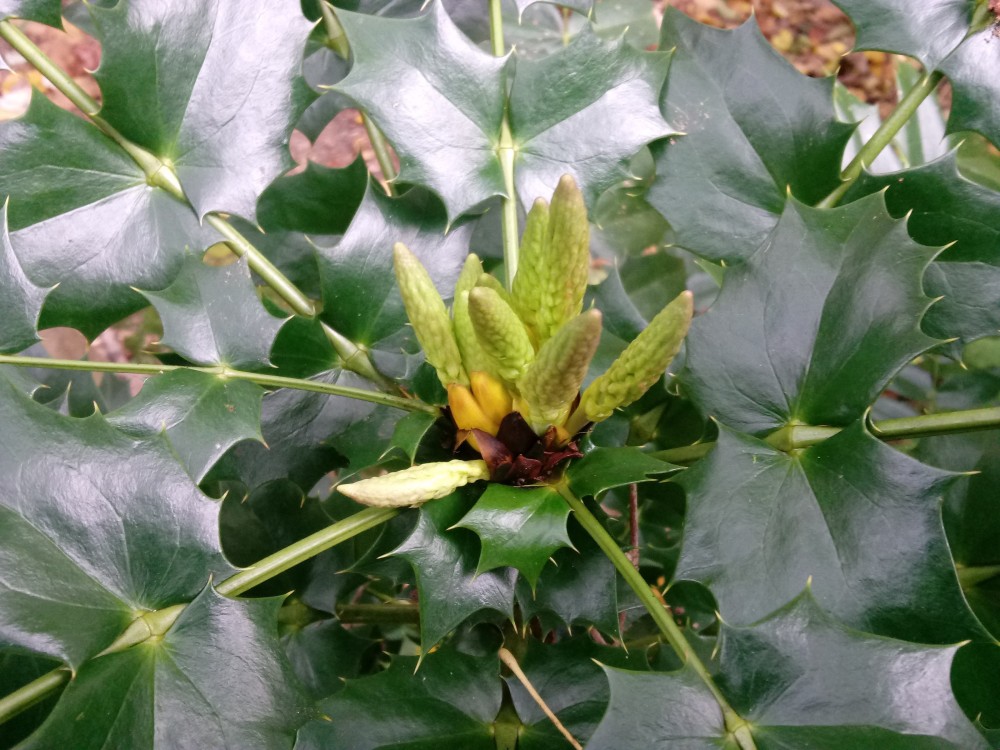
The garden is bordered by a forest of predominately tulip poplars and swamp maples (Acer rubrum), commonly called red maple. While cultivars of red maples stocked by garden centers are genetically wired to turn shades of red, native trees are variable, at least in theory, but almost always turn to yellow in my neighborhood. This year, they’re mainly green, but slowly fading to a sickly yellow.
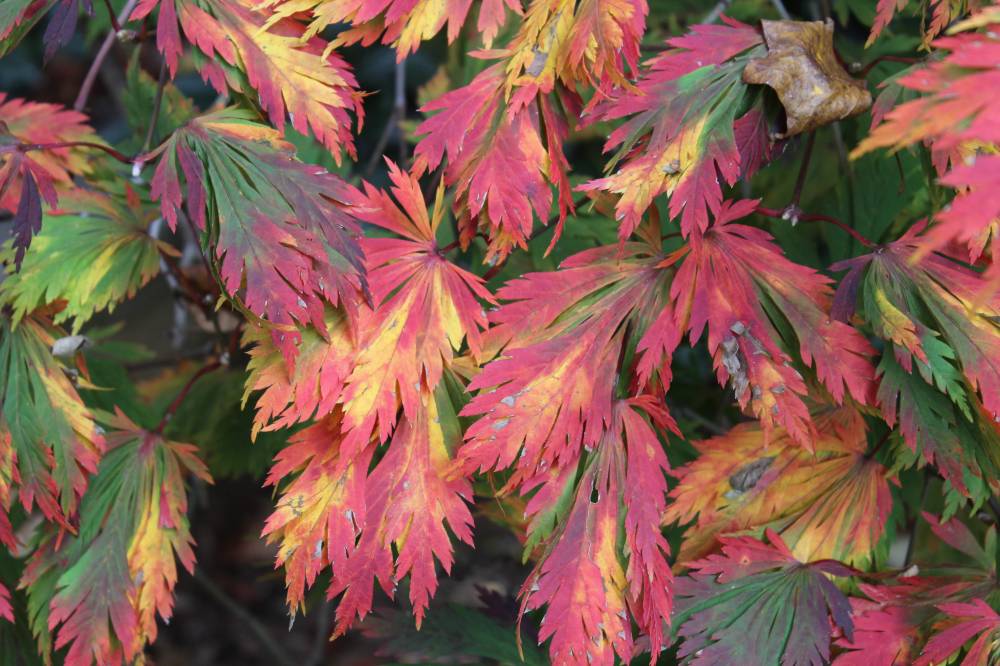
Japanese maples, on the other hand, are more dependable for foliage color, and to my thinking, the Fernleaf maple (Acer japonicum ‘Aconitifolium’, above) is the best of the bunch. It is typically late to turn, and only in the past week has it changed from green to mottled reds and yellows. Other Japanese maples in the garden range in color from yellow to deep reds (below).


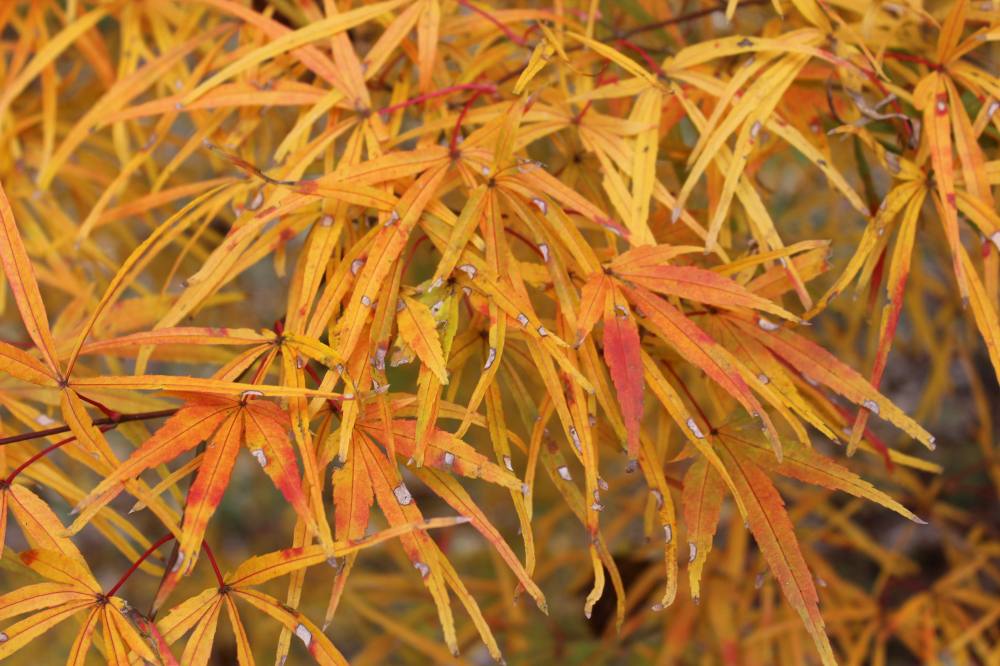

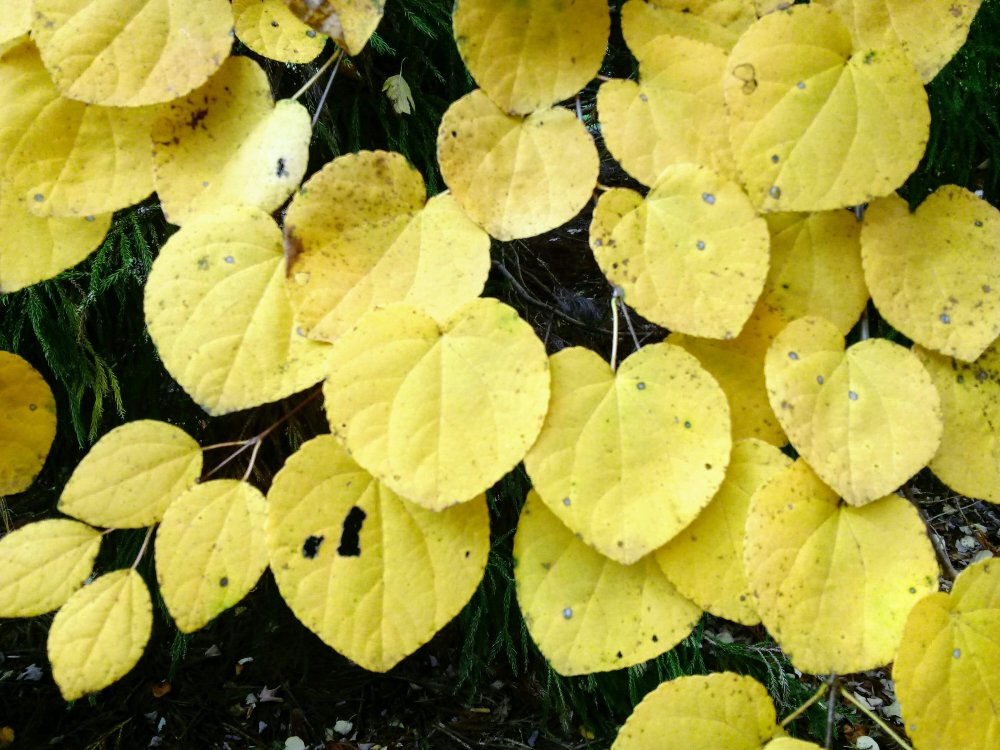
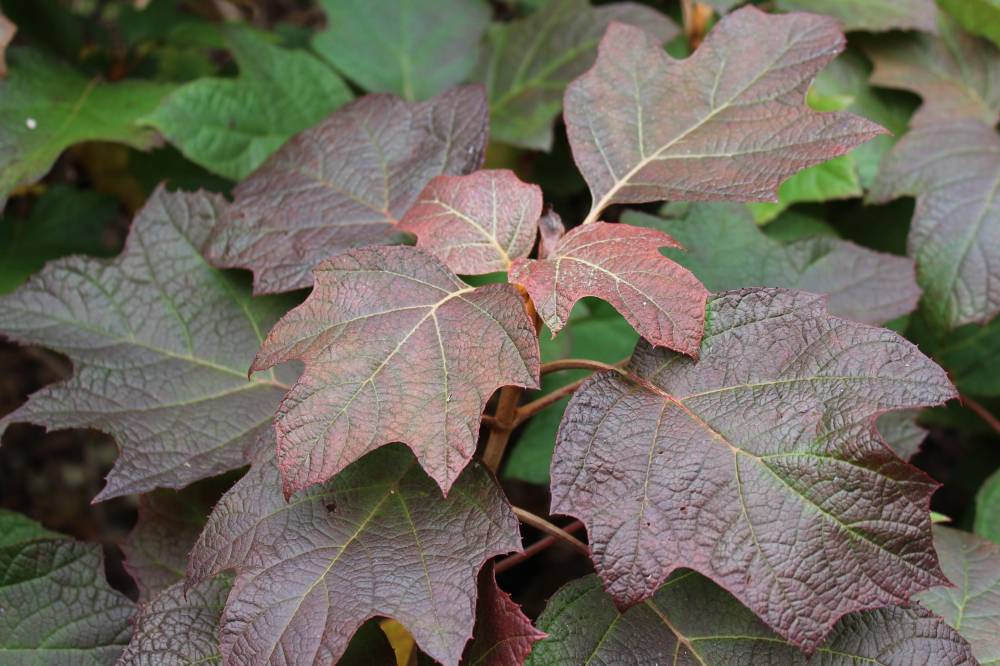

An impressive array of trees!! I love the witch hazel and that fern leaf maple is stunning!
I don’t say it often enough but I very much appreciate your informative, beautiful, and entertaining blog, Dave!
Your kind words are appreciated.
Red maples happen to be good street trees here. They do not get as big as they do in their native range. Not many trees color well in our mild climate. Red maples color better than most, but do not hold their foliage for long. Sweetgum is still the best for color, but is not such a useful tree. Japanese maples are still a fad, and we still grow them at the farm. However, I do not like them out in the real world. They do not like the arid air here, so they often get roasted.